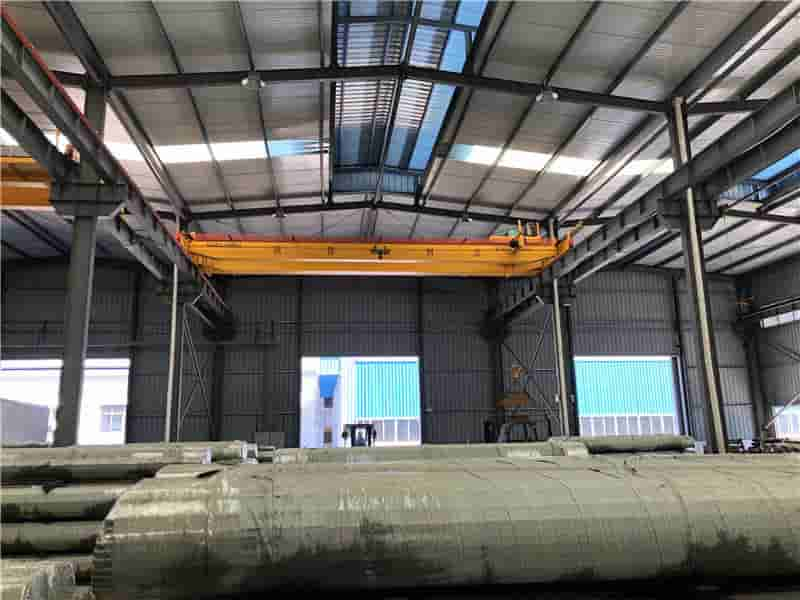The electric chain hoist is a light and small lifting equipment with various movement modes such as lifting, lowering and luffing. It can be used alone or in combination, and can even be used as a hoist, winch and other functions. The case shared by Dongqi Crane today is that an Italian cement manufacturer uses electric chain hoists in its mold manufacturing factory. Through the analysis of this case, it will help Dongqi Crane to better understand the working needs of electric chain hoists in cement plants.
The cement plant’s requirement was to use a hoist to lift and rotate its moulds.
These molds are used to pour cement into structures for interior design. This unusual cement is eight times stronger than concrete and its elasticity gives it the texture of wood.
However, the molds that hold liquid cement are fragile structures made of wood, rubber, resin, steel, polycarbonate and plastic. Each unique mold must be lifted and transported to a different workstation within the production facility so that the parts can be placed in the correct location to dry and the castings can be removed. An overhead mobile chain hoist is required to lift and move the moulds.
The crane company designed a twin-girder system using cable rails and mobile hoists operated by radio remote control. Technical planning of the project after preliminary analysis involved 3D modeling to verify dimensions and aesthetics, and then the sketches were approved by the client.
Engineers began working with enthusiasm and dedication, and the team built the beams and lifting clamps.
“The clamp is capable of rotating the mold 360 degrees around its center of gravity. The accessory supports telescopic molds ranging in size from 4800mm to 2800mm,” said the engineer.
The quality of the steel and welds was checked and the beams were painted. Despite the high magnitude given, the team carefully checked the actual gauge to achieve a tolerance of 1 mm.
The span of the finished suspension bridge is about 30m, and the runway is 40m long. The lifting capacity of the hoist is 5t, and the maximum lifting height is 9m.
The hoist is quiet, fast and has only 11mm sag when fully loaded as its structure is made from S355 (ex Fe510) non-alloy structural steel. The crane has proven to be very versatile and quiet, which also means we have the potential to use higher speeds.
The versatility and smoothness of the crane’s movement prevent mold breakage. “Their products are very fragile, so you have to consider not only the weight, but also the movement of the trigger and the rotation of the mold,” the engineer said.

When designing a crane system for a cement manufacturer’s mold making plant, several factors need to be considered to ensure the crane’s performance, safety and longevity meet actual needs. Here are some key considerations:
Load calculation and carrying capacity:
Structural design:
Material selection:
Stability and security protection:
Running speed and control:
Maintenance and replacement of wearing parts:
Environmental protection and energy saving:
Customized design:
Contact our crane specialists
Send us a message and we will get back to you as soon as possible.